1. Tomato Aspic

It might sound strange today, but tomato aspic was once a glamorous staple on the holiday table. This savory gelatin mold, made with seasoned tomato juice and suspended vegetables or even shrimp, was chilled to perfection and served as a salad or appetizer shares Southern Living.
It was tangy, zesty, and surprisingly refreshing, especially when paired with a dollop of mayo. While jello salads have mostly vanished, this one had an elegance to it that made it feel special. If we gave it a modern twist with cherry tomatoes and fresh herbs, it might just surprise us again. It’s a conversation starter and a slice of nostalgia in every bite adds the Southern Lady Cooks.
2. Vinegar Pie

Born out of the Depression era, vinegar pie was the poor man’s lemon pie—tart, creamy, and resourceful. When citrus was expensive or hard to come by, vinegar gave the filling its distinctive tang shares Southern Bite.
It sounds odd, but it tastes like a mellow lemon custard, sweet and tart in all the right ways. The ingredients were pantry staples: sugar, butter, eggs, and vinegar. It was a lesson in simplicity and creativity, and somehow, it worked. If you didn’t know what it was, you’d never guess vinegar was the star. Grandma knew how to turn scarcity into something scrumptious adds AllRecipes.
3. Chicken and Dumplings from Scratch

No shortcuts, no canned soup—just slow-simmered chicken, homemade broth, and hand-rolled dumplings that puffed up like little pillows. This dish was comfort in a pot and required patience, but the payoff was worth it.
The whole house would smell like love when it was on the stove. You could taste the care in every spoonful. Store-bought versions never quite capture the magic. If we brought back the real version, Sunday dinners might feel like Sunday again.
4. Cornmeal Mush
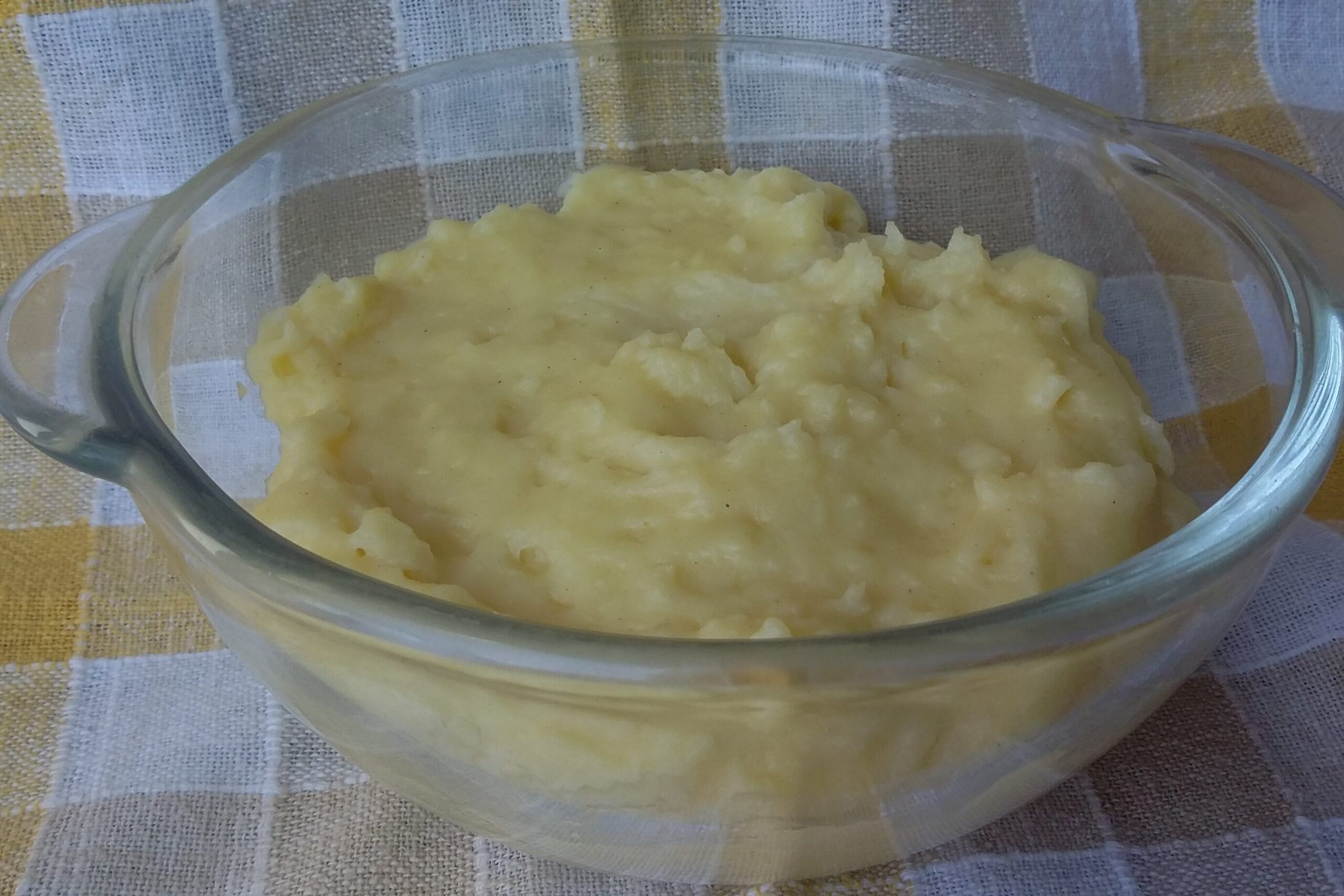
Cornmeal mush was a breakfast standby that’s all but disappeared. Made by slowly cooking cornmeal with water or milk until thick, then letting it set and slicing it to fry, it was both economical and hearty.
Think of it as the savory cousin to polenta or the Southern sibling to grits. Once crispy on the outside and soft inside, it was perfect with syrup, butter, or even gravy. It fed big families on a budget and stuck with you all morning. These days, it’s ripe for a revival with creative toppings or a brunch menu twist.
5. Prune Cake
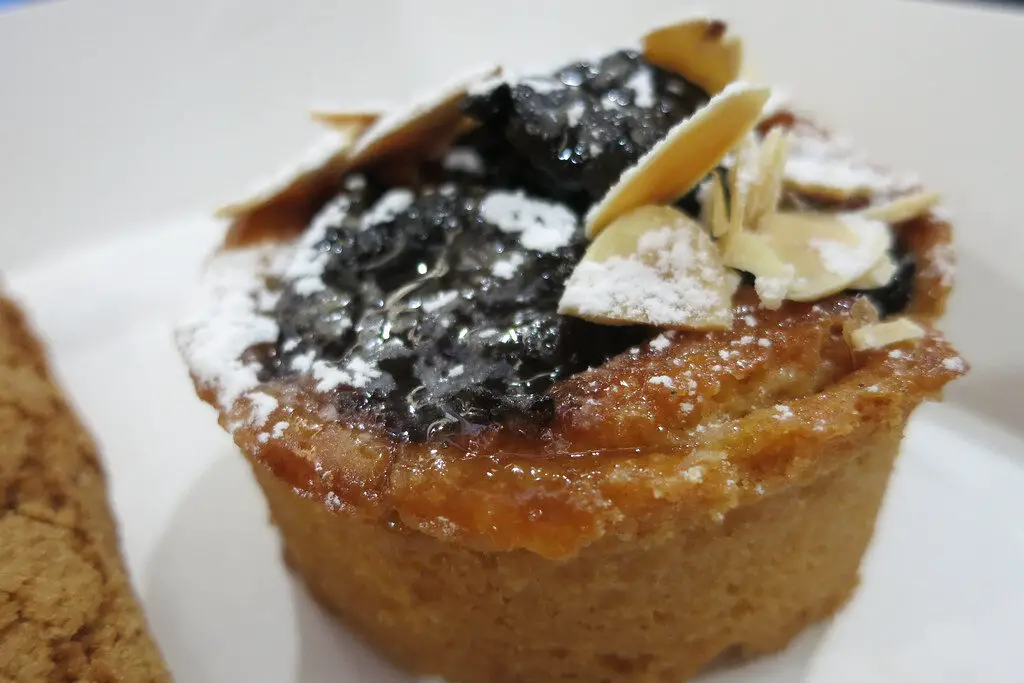
This one always surprises people who haven’t tried it. Prune cake isn’t dry or sad—it’s deeply moist, warmly spiced, and just the right amount of sweet.
Made with stewed prunes, cinnamon, and nutmeg, it was often topped with a warm buttermilk glaze that soaked into every crevice. It’s the kind of dessert that feels like a hug. The name might scare folks off, but the taste wins them back. It’s time this underrated gem got its due.
6. Ham Loaf
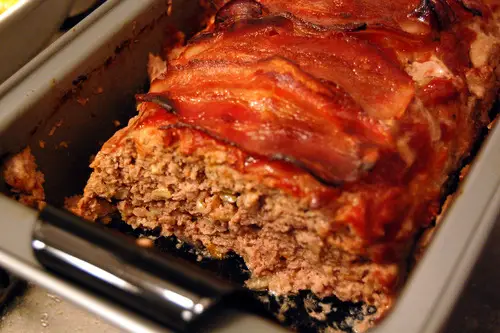
Not quite meatloaf, not quite ham, but something cozy in between. Ham loaf was made with ground ham and pork, breadcrumbs, eggs, and a sweet tangy glaze made of pineapple juice or vinegar and brown sugar.
It was especially popular in the Midwest, often baked up for potlucks or Sunday suppers. The salty-sweet balance was something special. It’s easy to slice, makes great leftovers, and frankly, it’s a lot more interesting than plain meatloaf. Bring it back and watch the doubters become believers.
7. Boiled Dressing
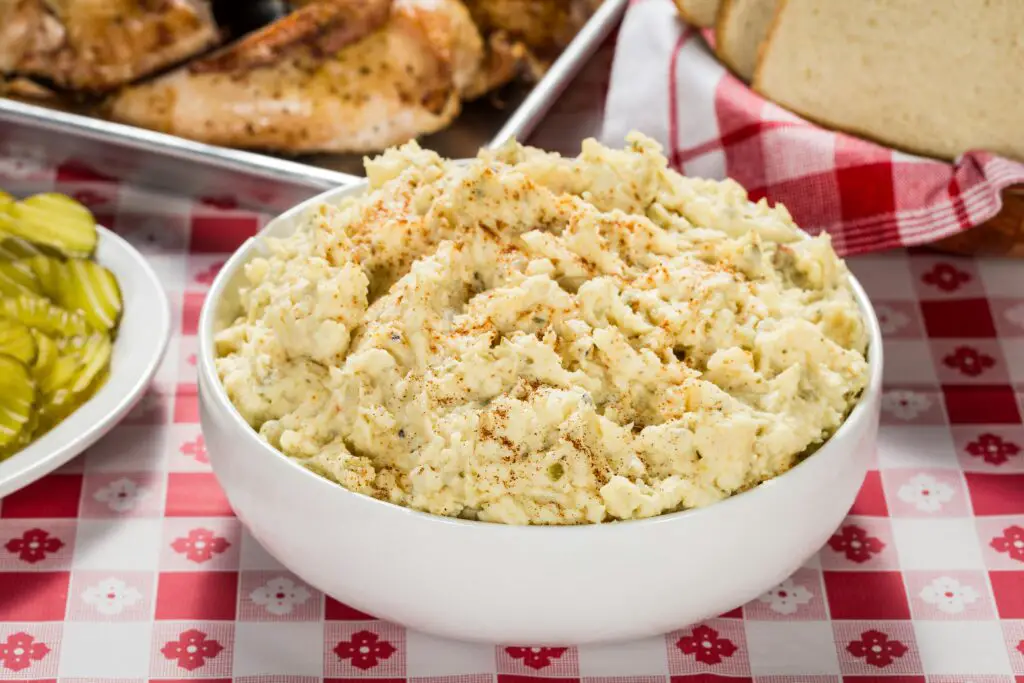
Before bottled ranch and vinaigrette dominated the fridge, there was boiled dressing. Grandma whipped it up with vinegar, egg yolks, sugar, and mustard, cooked gently on the stove until it thickened into a tangy, creamy concoction.
It was the secret to old-school potato salad, slaws, and even deviled eggs. The flavor was bright and rich without being overwhelming. Once you try it, mayo starts to feel a little…flat. It’s a forgotten art that could use a modern revival with all those backyard cookouts.
8. Mock Apple Pie
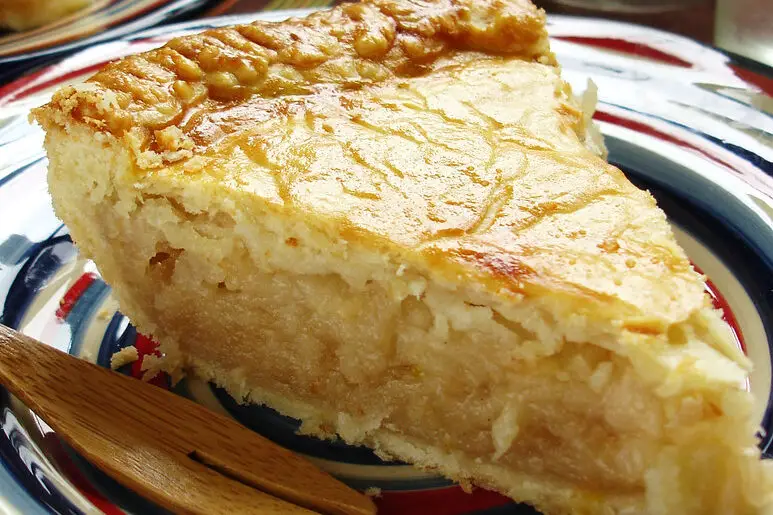
Believe it or not, this pie had no apples at all. Made famous by Ritz crackers, mock apple pie used cinnamon, sugar, and lemon juice to mimic the flavor and texture of apples so convincingly that most folks couldn’t tell the difference.
It was another Depression-era marvel, born from necessity and a little kitchen magic. The crackers softened into “apple” slices under the syrupy filling. It’s charming, quirky, and shockingly good. With food prices what they are today, it might be time for this trick to make a comeback.
9. Welsh Rarebit

Despite the fancy name, Welsh rarebit was humble fare: toast smothered in a rich, spiced cheese sauce often made with beer or mustard. It was the ultimate savory treat for supper or a late-night snack.
It’s like the grown-up cousin of grilled cheese, just a bit more elegant. Grandma might have made it with sharp cheddar and poured it bubbling hot over hearty bread. It’s cozy, flavorful, and ridiculously satisfying. We could all use a little more rarebit in our lives.
10. Oxtail Stew

Oxtail was once a cheap cut, but Grandma knew how to coax every bit of flavor from it. Simmered low and slow with carrots, onions, and potatoes, the meat became fall-off-the-bone tender and the broth turned into liquid gold.
It wasn’t fast food, but it fed a crowd and stuck to your ribs. Oxtail stew was a labor of love, the kind of dish that brought the family to the table without being called twice. These days, it’s seen as gourmet, but back then, it was simply good eating. It deserves a place on the table again.
11. Raisin Spice Bars
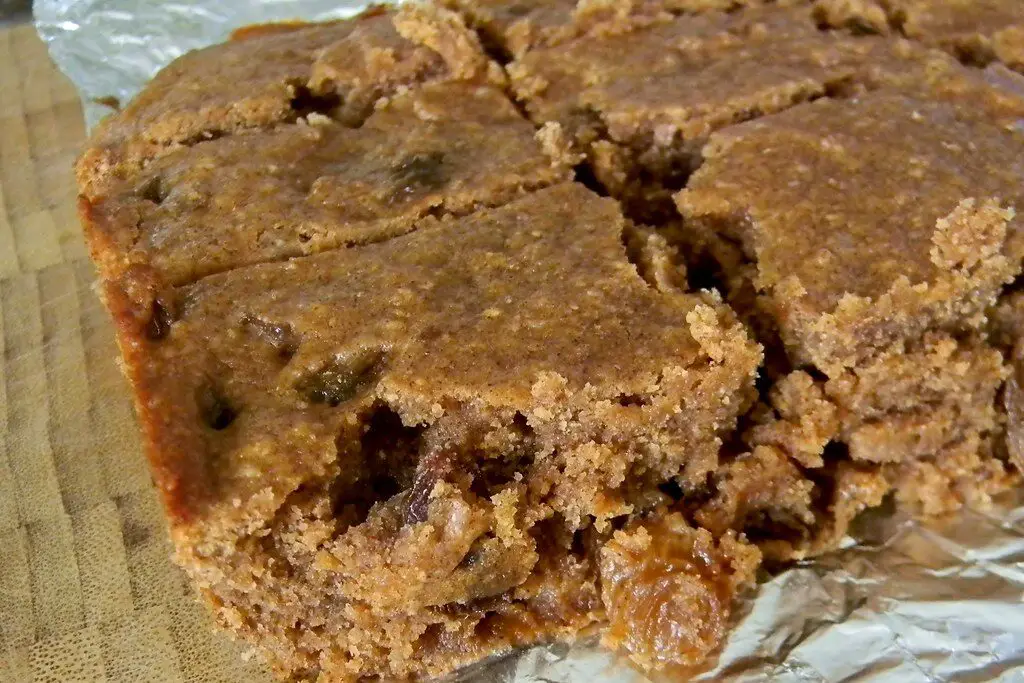
Raisin spice bars were chewy, fragrant, and packed with nostalgia. Spiced with cloves, cinnamon, and nutmeg, they were usually finished with a thin glaze or dusting of powdered sugar.
They were easy to slice, easy to pack in a lunchbox, and always a hit at church bake sales. The raisins added sweetness and moisture, and the spices gave them that warm-from-the-oven feel. They weren’t flashy, but they didn’t need to be. Sometimes simple really is best.
12. Liver and Onions
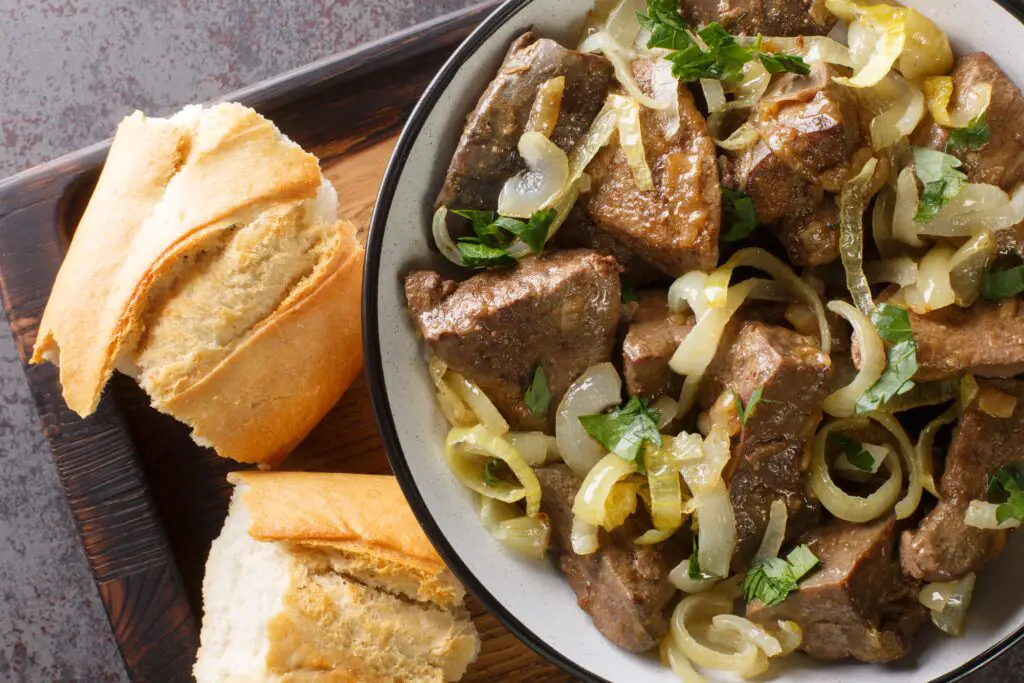
It might be polarizing today, but liver and onions was a weeknight regular for many families. Sautéed with a generous helping of onions and often served with mashed potatoes or gravy, it was rich in iron and flavor.
When cooked right—lightly dredged and seared—it was tender and full of character. Grandma served it without apology, and kids learned to love it (or at least tolerate it). With a little modern finesse, it could make a nostalgic return. Maybe it’s time we gave it a second chance.
